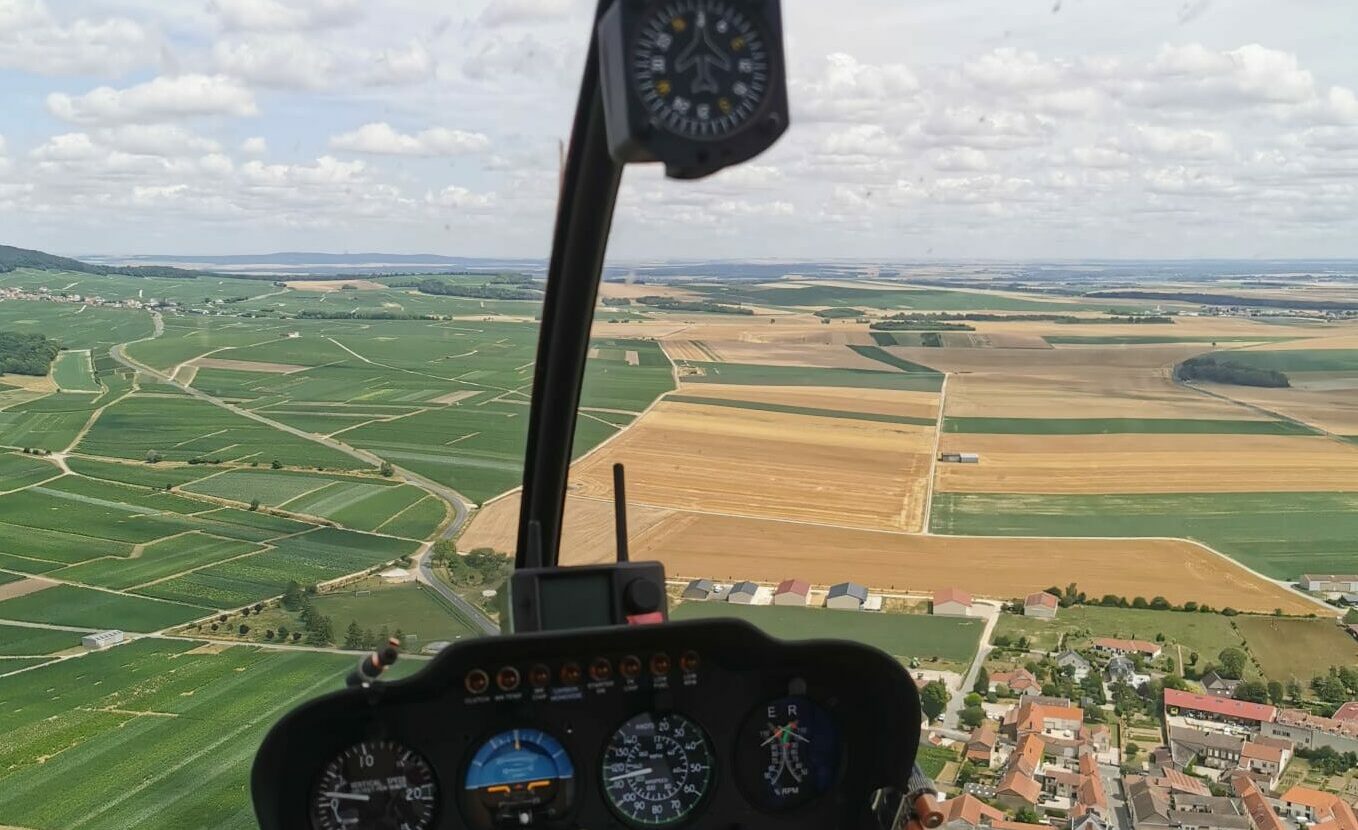
The various roles of the pilot profession
The profession of a helicopter pilot is one marked by challenges and dedication, offering a unique perspective on the world and how to navigate it. This role, crucial in many sectors, combines technical expertise, precision, and responsibility.
Behind every flight, there is a diligent, passionate pilot committed to safety and excellence.
In this article, we will delve into the daily life of a helicopter pilot and explore their key functions, which, as you will discover, can be quite surprising at times. Our goal is to provide you with a comprehensive and nuanced view of this profession, shedding light on its various facets and opportunities, as well as its challenges.
Whether you are considering a career in aviation or are simply curious about what it entails to be a professional pilot, this journey through the different aspects of the profession promises to be as informative as it is inspiring.
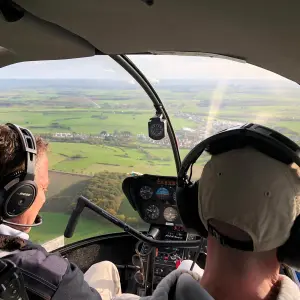
The profession of a pilot
The helicopter pilot profession is a dream for many. Soaring into the skies, enjoying breathtaking landscapes daily, and getting paid to do it all.
However, the role of a pilot goes far beyond simply flying through the air. It encompasses a multitude of responsibilities and crucial technical skills to ensure the safety and success of each flight.
This profession requires rigorous preparation, constant attention, and remarkable adaptability, given the varying situations encountered on a day-to-day basis.
A day in the heart of the action
A typical day in the life of a pilot begins well before takeoff. The pilot is responsible for the meticulous planning of each flight.
Including :
- Weather examination: Weather directly impacts the safety of flights. Unfavorable weather conditions such as fog, strong winds, storms, or heavy precipitation
can significantly increase risks during a flight. Consequently, the pilot’s role involves assessing these conditions to determine whether a flight can be conducted safely or if it needs to be postponed or rerouted.
Determining the safest route: Selecting the optimal path, avoiding areas with high meteorological risks.
Preparing alternative plans for unforeseen changes: It is crucial, in the event of unexpected meteorological effects, to prepare an alternative route to ensure the safety of everyone on board.
Managing the necessary resources to ensure the flight: preparing the aircraft, anticipating and optimizing fuel management, and more.
Pre-flight preparation: Technical inspection of the aircraft to ensure that no issues related to the helicopter can arise.
Indeed, this preparation time is an integral part of the pilot’s duties.
Once the preparation is complete, the pilot communicates all the information and decisions made to the control tower and the ground team. The goal is to ensure the smooth coordination of all collaborators and to ensure that everyone understands the details of the flight and the decisions made.
Safety is at the core of all these preparations, guiding every decision made.
The piloting phase follows this preparation, and the pilot’s role is to take control, monitor the weather during the flight, and communicate with peers throughout the journey about conditions and inherent changes in the flight (changes in altitude, modified trajectory, etc.).
All these functions of the pilot’s profession ensure the efficiency and safety of flights, as well as the comfort of passengers.
Once landed, the pilot’s role doesn’t end there. They must undergo the post-flight phase to ensure that the helicopter has not encountered any technical issues or modifications during the completed flight (open hatches, scratched mechanisms, debris or other attachments, loose mechanical parts).
The pilot has successfully completed the entirety of their mission. They will repeat these steps after each flight throughout their career.
The essential daily functions
The essential daily functions
As you may have understood, the profession of a helicopter pilot is not solely about taking control of the aircraft.
Each aspect of the pilot’s profession is essential and requires customized preparation to ensure the success of every flight.
We will find the following functions:
- Preparation: Flight plan tailored to meteorological conditions, number of passengers, flight objectives, areas to fly over, and anticipated risks. Each planning is different, making every moment spent in your helicopter unique.
- Communication: Informing passengers about the progress of the flight operation, providing safety precautions and the correct actions to take in case of issues, engaging with all teams involved in the flight (colleagues, control towers, ground teams…) regarding conditions, flight options, changes, and alternatives during all phases of the flight plan.
- Helicopter Controls: The pilot’s profession requires a perfect mastery and knowledge of the aircraft used. This is the reason justifying the need to undergo type qualification before flying each different type of aircraft (as CEFA offers with the qualification on Bell 505 and Robinson R44). Every mechanism, every control element, and signal must be thoroughly familiar to the pilot to react instantly in case of problems or unforeseen events during the flight, without having to contemplate the various maneuvers to be executed.
- Analysis of the situation, anticipation of all alternatives during the flight: There is no room for chance or improvisation. The flight preparation and piloting phase involve constant attention to various internal and external parameters that can influence the flight (size, color, shape of clouds, precipitation or wind levels, analysis of the general condition of the helicopter…).
- Aircraft Maintenance: As the pilot’s role requires thorough knowledge of
each helicopter they will fly, maintaining the aircraft is part of the
duties and functions of the profession.
Examining weather conditions is a crucial task in the helicopter pilot profession, reflecting the complexity and responsibility that characterize this occupation. Each flight requires meticulous preparation, effective communication, and in-depth technical expertise, demonstrating that the pilot’s role goes far beyond merely taking control of the aircraft.
Furthermore, the helicopter pilot profession presents a range of unique challenges and opportunities. In the following section, we will explore in more detail the challenges and opportunities that mark the journey of a helicopter pilot, highlighting how these professionals navigate an environment that is both demanding and rewarding.
The challenges and opportunities of the profession.
The challenges and opportunities of the profession.
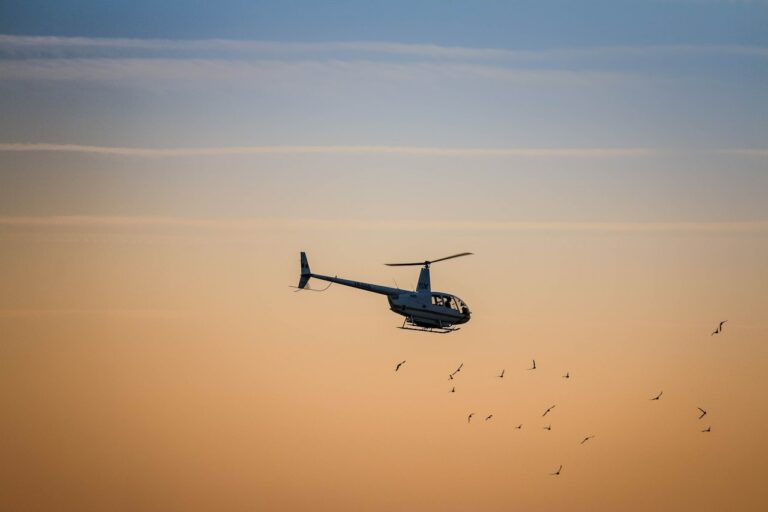
The pilot profession is a dream for many, accessible only to a select few and passionate individuals determined to make their career an exhilarating life journey.
The opportunities and advantages offered by the pilot profession are numerous:
- Mission Diversity: Become a pilot, and you will never remember what monotony feels like. Each day will be a new adventure to experience, a new mission to prepare, all in sometimes completely different sectors. Your missions will vary depending on your sector, but you may frequently be contacted for special flights such as rescues, medical transport, private transport, or even lifting missions.
- Professional Development: You will never stagnate in your knowledge. Each mission and flying experience will allow you to develop your technical, personal, and professional skills. You refine your practices, posture, and personal qualities as time progresses. The pilot profession is, in this regard, one of the most rewarding occupations.
- Advancement and Career: The sector offers excellent opportunities for progression. Initially, you will be involved in flight preparation missions, then simple piloting, before being entrusted with more complex or perilous missions. Once you have a firm grip on your pilot career, you can easily transition into roles involving flight supervision, aeronautical training (such as ours), or even helicopter flight management.
The aerospace sector, especially helicopter piloting, is rich in discoveries, experiences, and opportunities that will continue to surprise every pilot based on their journey. However, like any profession, this exhilarating life comes with its share of challenges.
- Demanding Work: The pilot profession is an elite function, requiring mastery of all factors that can influence a helicopter flight. Working and flying conditions are often quite challenging, primarily due to meteorological factors, stressful situations with high stakes, and the necessity of having completely irregular and/or shifted working hours. The balance between intensive and lighter work depends on external weather conditions to be operational. Some missions may be canceled at the last moment and rescheduled for a more suitable time for the flight.
- Physical and Mental Conditions: Being a pilot requires robust mental abilities to manage the stress of situations, stay composed in all circumstances, and maintain sustained concentration during long flight periods. Beyond mental capacity, good physical condition is also essential to control the aircraft properly and withstand the shakes and effects of helicopter piloting. Regular and daily physical activity is strongly recommended.
- Significant Responsibility: The responsibility resting on the shoulders of the pilot is substantial. Lives are at stake with every flight (both those of passengers and the pilot). That’s why the pilot profession is not accessible to everyone and requires extremely rigorous training and preparation. Adherence to safety procedures, preparation plans, and constant vigilance are indispensable in the pilot profession.
The Pilot's Career
The Pilot's Career
The functions and obligations of the pilot generally remain the same, regardless of the sector of activity. As flight safety is the essential factor in the profession, a pilot’s career is similar from one sector to another. However, there are variations in terms of functions and utility depending on the sectors.
Here are two concrete examples of specific functions according to the sectors of activity:
Being a helicopter pilot in the film industry :
Helicopter pilots are often the hidden face of cinema, but they are an essential element in the production of cinematographic and audiovisual content. What would action films be without helicopters to film the chases? Here are the different functions of the pilot in the film industry:
- Aerial shots: the pilots are asked to carry out various aerial shooting missions. These shots offer a unique perspective of landscapes and towns, and allow total immersion in the film’s environment. Pilots are essential to all these elements and play an active part in the project.
- Camera tracking of action scenes: You don’t have to be a film buff to have seen a chase scene in a film or series. A high shot gives a clear view of the scene and allows you to follow all the characters in the plot in an immersive way, while positioning the viewer as an observer of the scene.
- Special effects and stunts: Specialist pilots can be contacted to carry out technical, perilous and specific scenes involving helicopters. The idea is to carry out dangerous manoeuvres and simulations to keep the adrenalin pumping for the film’s viewers.
- Scouting and organising locations: pilots can help the directing and production teams to get their bearings in order to scout, assess and plan future scenes.
The pilots contribute their technical expertise to enhance and increase the visual effectiveness of a film, adding a more immersive dimension to the cinematic narrative.
Being a pilot in the rescue sector in hazardous areas:
- Rapid access to difficult areas: helicopters have the advantage of being able to reach places that are inaccessible by transport, cars or other means because of their mountainous nature, disaster areas or even platforms at sea…. In rescue situations, every second counts. Pilot control is crucial to saving lives.
- Support during natural disasters: During floods, earthquakes or other meteorological events that are dangerous to humans, pilots can be among the first responders on the scene. They will be essential in transporting rescue teams, bringing in medical equipment and any food and supplies that may be needed to support people in disaster-stricken areas.
In this sector, pilots have to be able to keep their cool in any situation to help save many lives in dangerous situations.
Conclusion
The job of a pilot is varied, fascinating and dangerous. That’s why it’s imperative to ask yourself the right questions before choosing this path. The training path will require sustained attention and a real desire to become a pilot. If you’re passionate about it, there’s no doubt you’ll succeed!
CEFA is here to help you make the right choices, answer all your questions and guide you towards the career of your dreams.
What are you waiting for to take the plunge?
Would you like to discover the world of helicopter pilots? Then get in touch with us!
CEFA – Centre Européen de Formation Aéronautique
- Aérodrome de Reims-Prunay, 51360 Prunay
- [email protected]
- 07 49 94 35 32
Notre antenne au Luxembourg
- 13-15, Rue de l'industrie L-8069 Bertrange Luxembourg
- [email protected]
- +352 2630761
Our training courses
Becoming a pilot in Europe and Canada
Become a pilot in Europe only
To become a pilot for personal pleasure
To convert your licence and fly in Europe

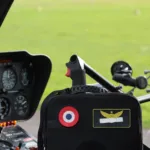
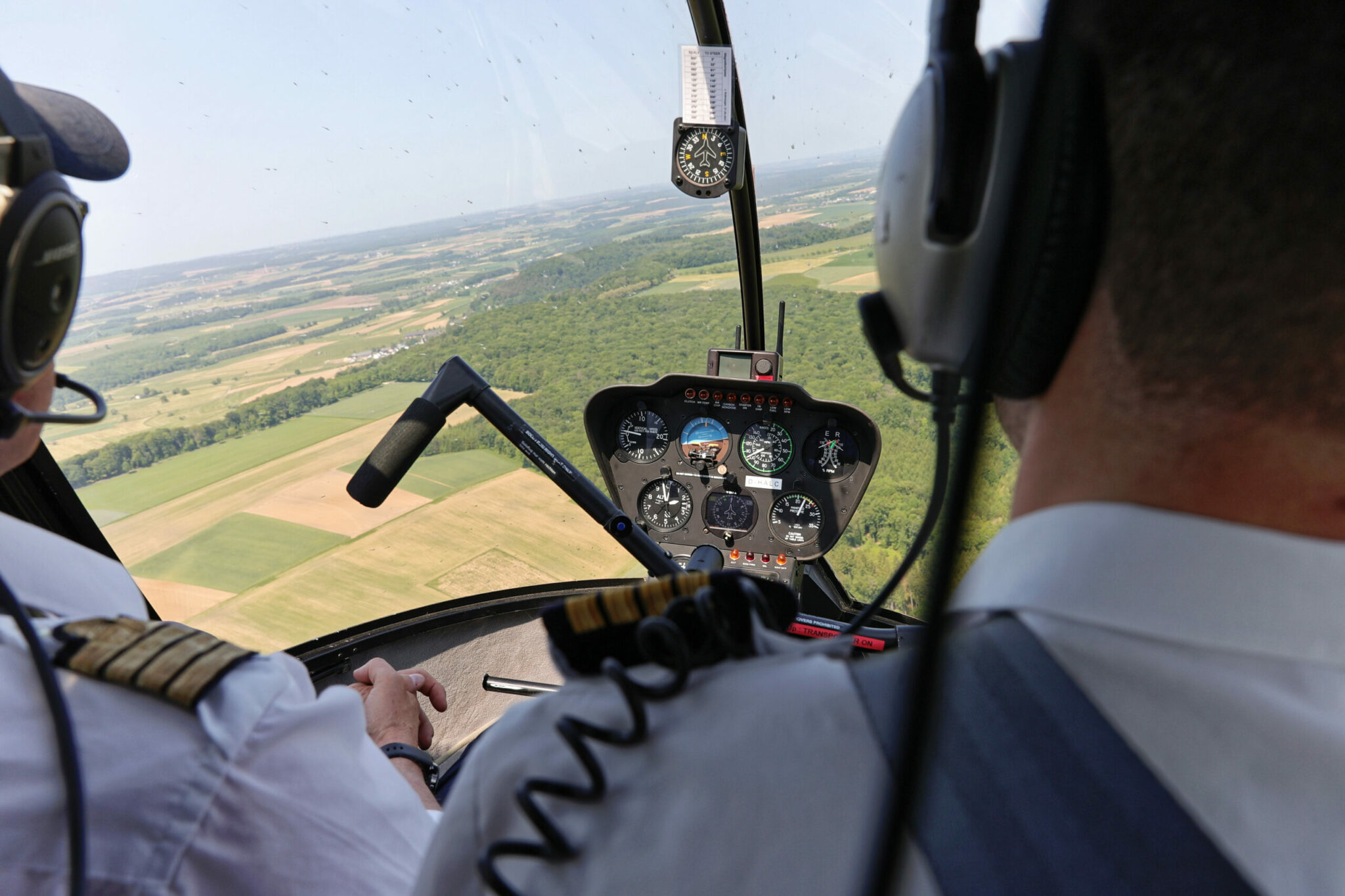
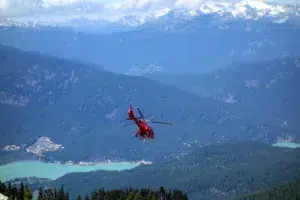
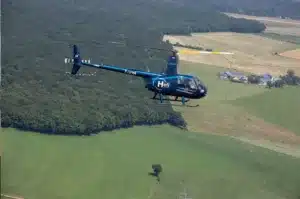

1 Comment
You have noted very interesting details! ps nice internet site.Blog range